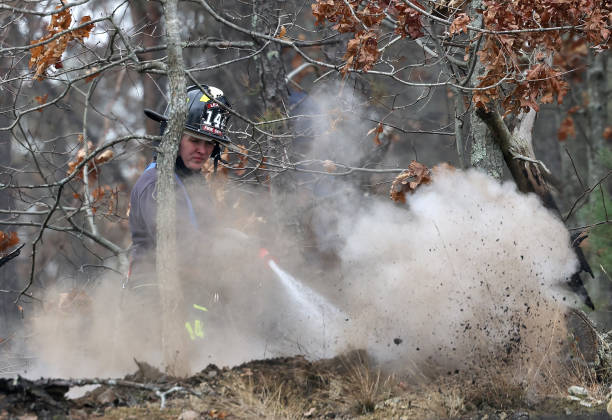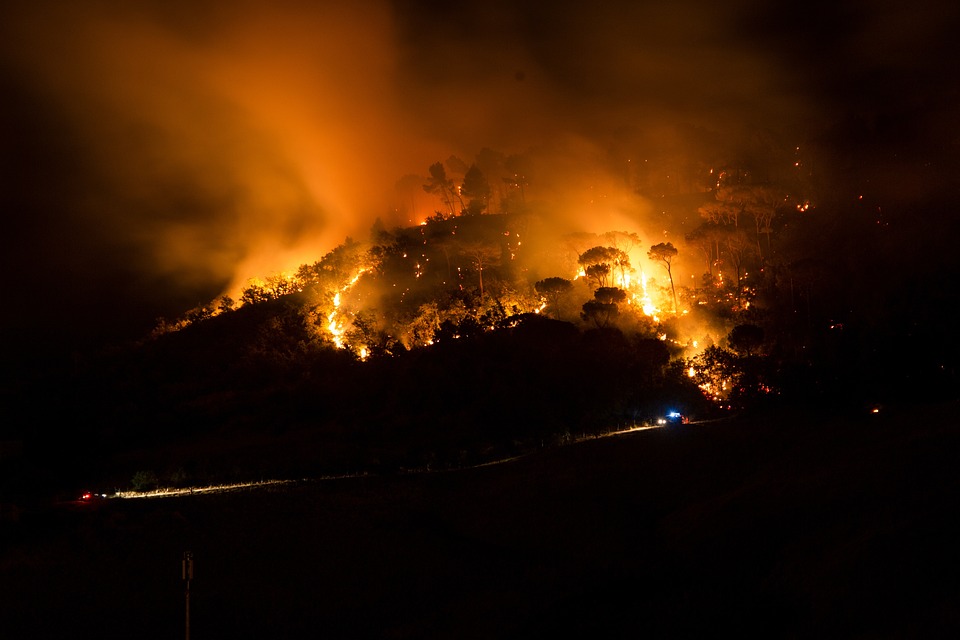Recent research highlights the alarming impact of global heating on wildfires, revealing a correlation between rising temperatures and increased mortality rates from wildfire smoke.
A study published in *Nature Climate Change* estimates that climate change contributes to an additional 12,000 deaths annually due to inhalation of harmful smoke particles.
This issue is especially acute in regions such as Australia, South America, Europe, and the boreal forests of Asia.
From 2003 to 2019, global heating increased the area affected by wildfires by nearly 16%.
Despite human interventions, such as land clearing for agriculture and infrastructure that reduced the total burned area by 19%, the threat from wildfires continues to grow.

The research, led by Dr. Chae Yeon Park from Japan’s National Institute for Environmental Studies, utilized three models to assess the interplay between climate change and human actions.
The findings indicated that even with landscape modifications, climate change remains a significant driver of wildfire frequency and intensity.
The health implications of these fires are severe, with almost 100,000 people dying each year from health issues linked to PM2.5 particles emitted by wildfires.
According to Prof. Hilary Bambrick, Director of the National Centre for Epidemiology and Population Health at the Australian National University, many Australians experienced hazardous smoke levels during the devastating fires of 2019 and 2020, which resulted in hundreds of deaths and long-term health ramifications.
Additional research led by UK and Belgian scientists confirms that global heating is exacerbating wildfire risks, particularly in Australia, Siberia, and African savannas.
Prof. Wim Thiery notes that the area burned by wildfires is increasing at an accelerating rate, underscoring the urgent need to address climate change to mitigate its far-reaching health and environmental effects.

